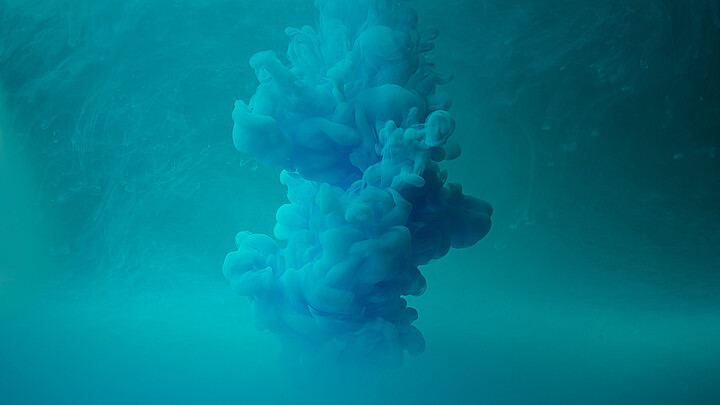Climate
New Year's Day earthquakes rock Japan's western coastline amid tsunami alerts
The area under tsunami threat also includes the Shika nuclear plant, which has enhanced concerns from Japanese authorities

January 1, 2024 12:26pm
Updated: January 1, 2024 12:26pm
More than a dozen earthquakes rocked the Western coast of Japan on New Year’s Day sparking concerns the area may also get struck with a tsunami, according to multiple news reports.
The quakes came after 4 p.m. local time, creating a fire and leaving some residents stranded under rubble. The series of events prompted Japan to issue evacuation orders amid tsunami alerts.
According to the Japan Meteorological Agency, which has issued a major tsunami warning for Ishikawa and lower-level warnings or advisories for the western coast on the island of Honshu, the quakes were measured at 7.5. magnitude.
The quakes also generated four-foot-tall waves along coastal towns but are expected to reach up to 17 feet tall, according to the Japanese broadcaster NHK TV.
As a result, Japan’s Chief Cabinet Secretary, Yoshimasa Hayashi, advised residents in area under tsunami warning to evacuate and seek refuge on higher ground.
The area under tsunami threat also includes the Shika nuclear plant, which has enhanced concerns from Japanese authorities.
“Every minute counts. Please evacuate to a safe area immediately,” said Yoshimasa Hayashi, a spokesman for the Japanese government. He added that at least six homes trapped their residents inside.
A fire in Wajima city also left an estimated 32,500 households in the dark, he said. A 10-foot-high tsunami is also expected to strike Niigata and other western coastal prefectures.
Despite this, leaving the area may prove to be challenging for some residents. A CNN report indicated that Shinkasen bullet train service had been suspended in the area.
The conditions have also made it difficult for the government to get medical personnel into the area to help casualties.
While no deaths have since been reported, Suzu hospital officials said they received casualties, but that some doctors could not get to work because of inoperable roads, NHK reported.
“In response to the M7 earthquake at Noto region in Ishikawa prefecture, we have immediately set up the Prime Minister’s Office of Response – Disaster Counter Measure HQ,” Japanese Prime Minister Fumio Kishid wrote on X, the social media platform formerly known as Twitter.
The Prime Minister’s Office also used the platform to post estimated tsunami arrival times and wave heights.
“Putting human lives as priority, we are making every effort to assess damages — putting forth all efforts in disaster response. For those in affected areas, please pay close attention to the latest information and place personal safety as your priority.”
Japan has had many earthquakes. In March 2011, a major earthquake and tsunami killed nearly 20,000 people and caused meltdowns at a nearby nuclear power plant.
It was the most powerful earthquake ever recorded in Japan since modern seismography began in 1900.
So far, Yoshimasa said the Shika nuclear plant had been affected but with “no major results” and the nation’s Nuclear Regulation Authority said no problems were found with the reactor at the power plant.
A tsunami threat was also issued in the eastern Russian cities of Vladivostok, Nakhodka, and the island of Sakhalin, according to CNN, which cited the Russian state TASS news agency.







